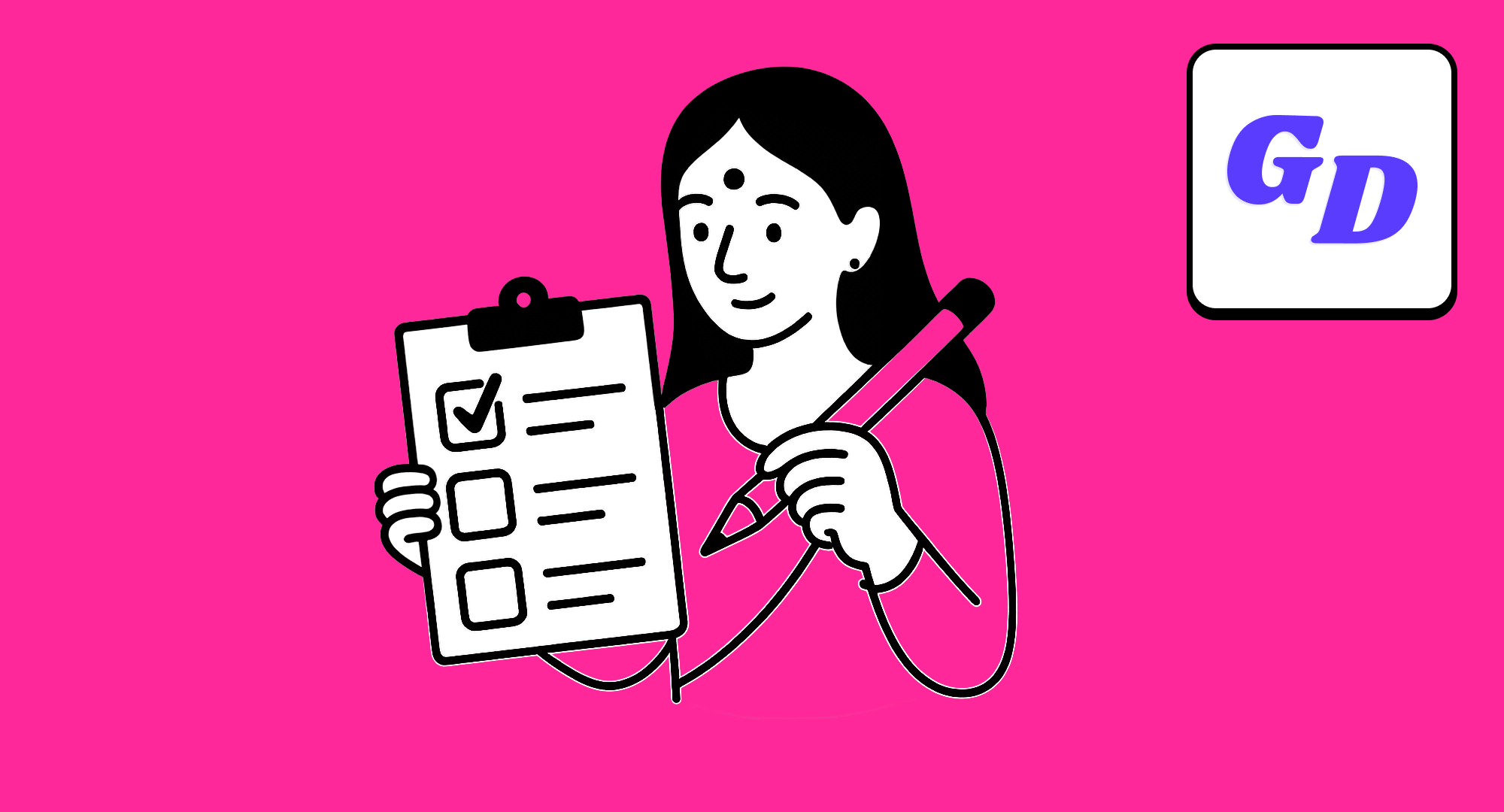Cancellation Flows
May 2025
Dear Growth Designers 👋
I’m Lilly, a growth product designer focused on acquisition, activation and retention. At WeightWatchers, I led a project to overhaul our cancellation experience—a key churn point that was costing us millions in lost revenue.
In this month’s newsletter, I’ll share how we used behavioral insights and AI to personalize the cancel flow, re-engage users, and dramatically improve save rates.
Hopefully, it helps other teams looking to turn churn into a retention lever—not just a lost opportunity.
Growth designer, lateral-thinker and product strategist.
The Churn Challenge
Like many of you, I am obsessed with designing around data, executing precisely and seeing metrics move (quickly!) in the right direction.
We test and we learn as growth designers and balancing business goals with user needs is always a careful balancing act. One of my favorite things to work on is retention through the delicate and sometimes risky cancellation funnel.
This powerful product-led growth driver has of course has been studied and optimized in infinite ways across every industry, product type and business model, but in my case, I was working on the WeightWatchers cancellation experience, trying with real urgency to find a way to a way to prevent anti-conversions (when a person stops being a paid user of your product) at a point when our churn rate was rising, causing LTV decline.
Over time, we’d driven more users into long-term commitments—subscriptions lasting 6, 9, 10 and 12 months, supported by various promotions and rolling offers but when these cheaper, promo-plans ended, users would cancel as soon as their plan auto-renewed at a higher monthly price.
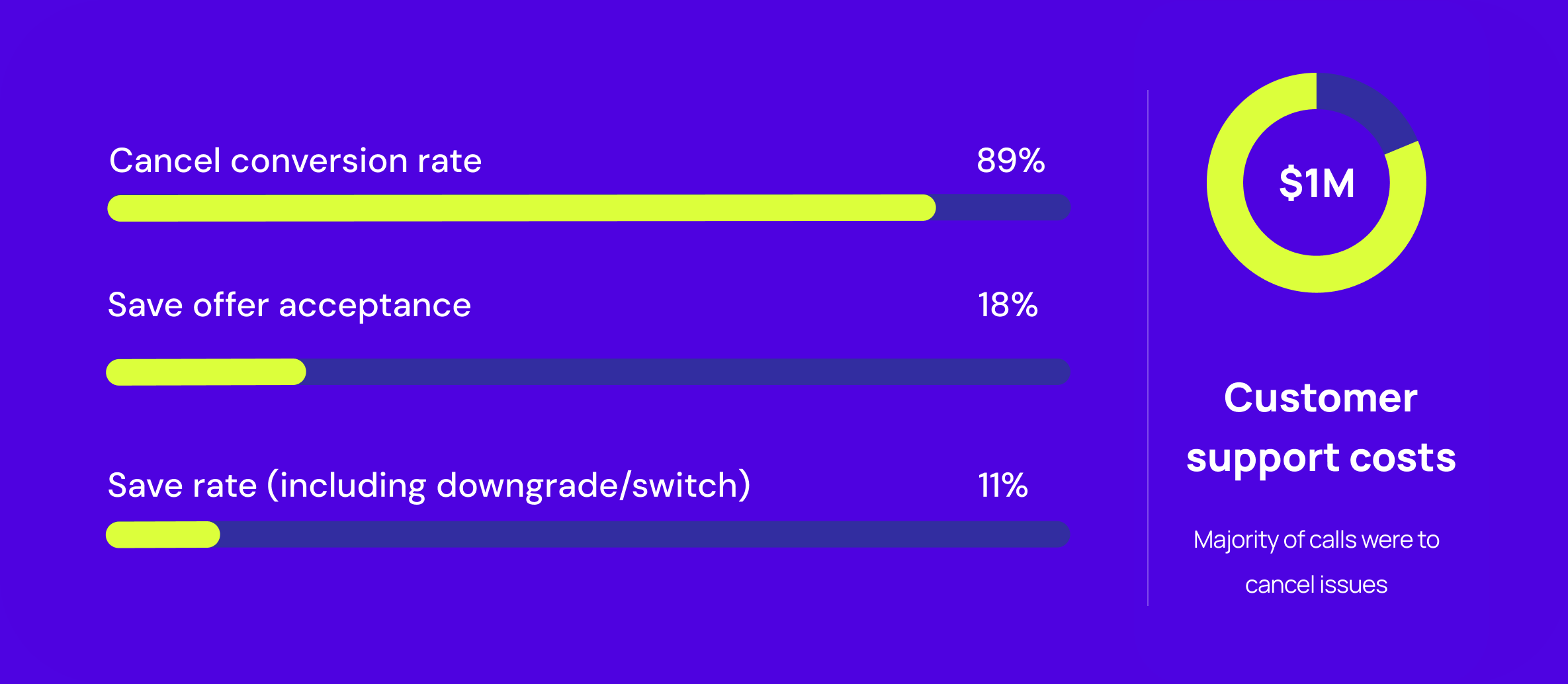
The cancellation baseline showed opportunity for improvement to reduce support costs and increase save rate.
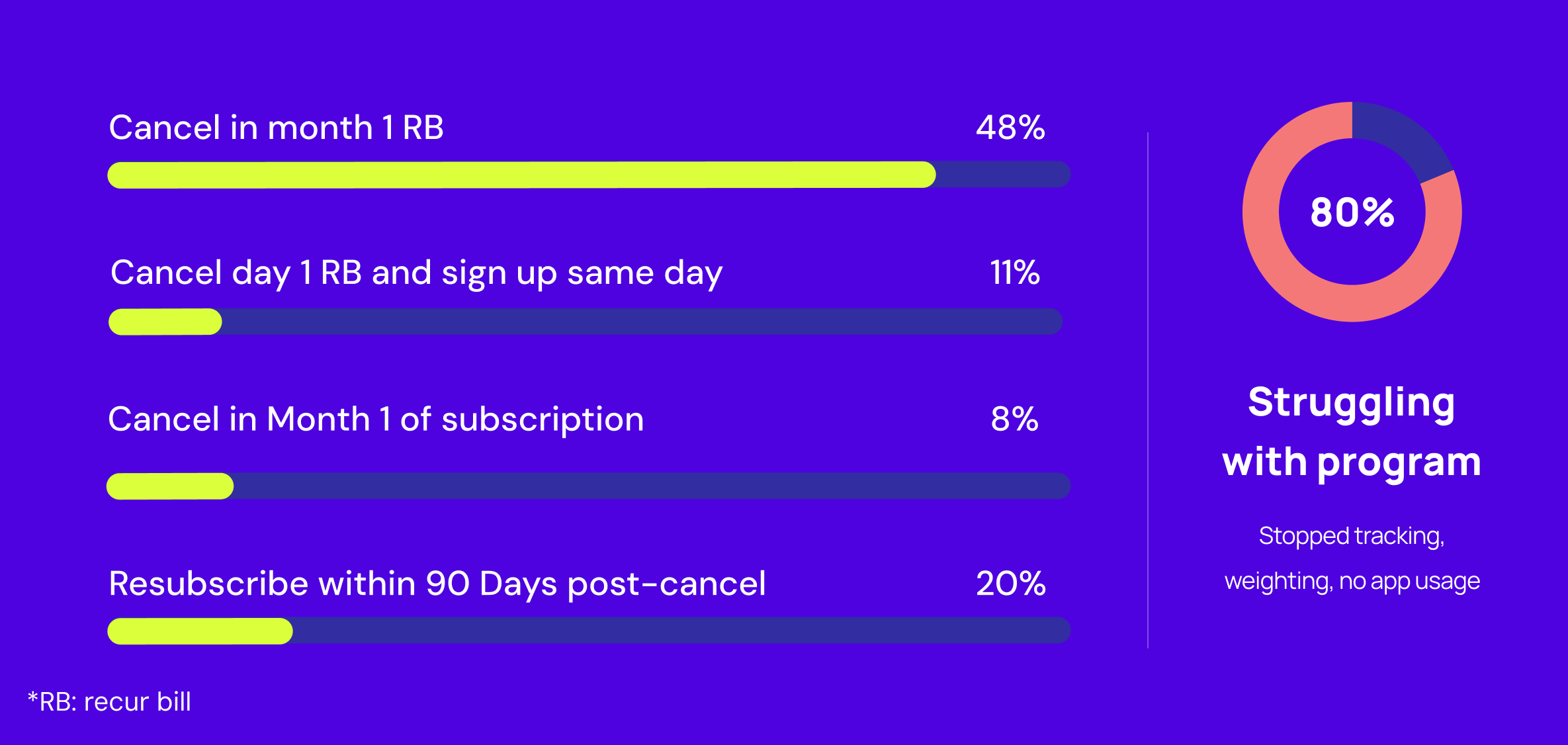
We’d promo’d ourselves into a leaky bucket. My job was to keep users from churning, by simplifying our cancel flow, leveraging AI and presenting targeted re-engagement tactics.
The end results? We drove a 300% increase in retained revenue, doubled our save-rate and increased our save-offer acceptance rate to 27%, up from 18%.
The Retention Opportunity
When we analyzed churn behavior and conducted extensive user interviews, we found users weren’t canceling because they no longer believed in the product — they were canceling because they felt like they’d failed;
They’d lost momentum.
They weren’t using the product.
And they couldn’t justify the cost when renewal hit.
“Financial reasons” was the most-cited cancellation reason, but it masked the real issue: disengagement, driven by that sense of personal failure.
If we wanted to keep people, we couldn’t just ask a series of questions without explanation and then throw a discount at them. We had to help them reconnect with the value they once believed in.
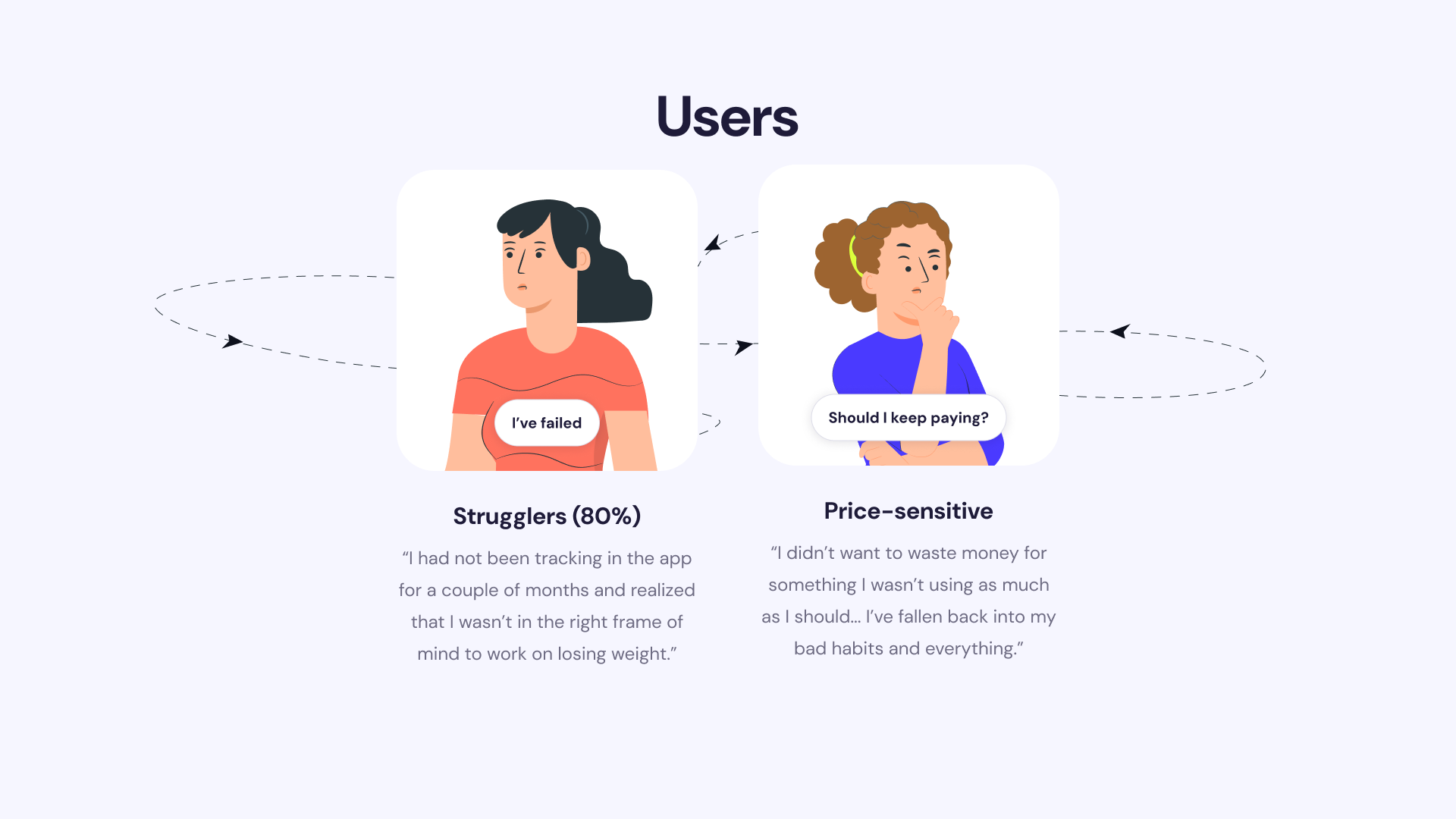
Users enter a cycle of lost motivation, self-blame and price sensitivity.
The Approach
1. Diagnosing the churn funnel
We broke down cancellation behavior by segment — plan type, tenure, product usage.
We saw churn spike in the first 30 days post-long-term-commitment, especially when users auto-renewed at a higher price and at much higher rates for those users who’d disengaged from the product, which our qualitative data attributed to perceptions of failure.
More insights:
- Just 18% of users accepted existing save offers
- The vast majority weren’t actively using the product
- Most common cancel reason? “Financial” — often a stand-in for “not worth it right now”
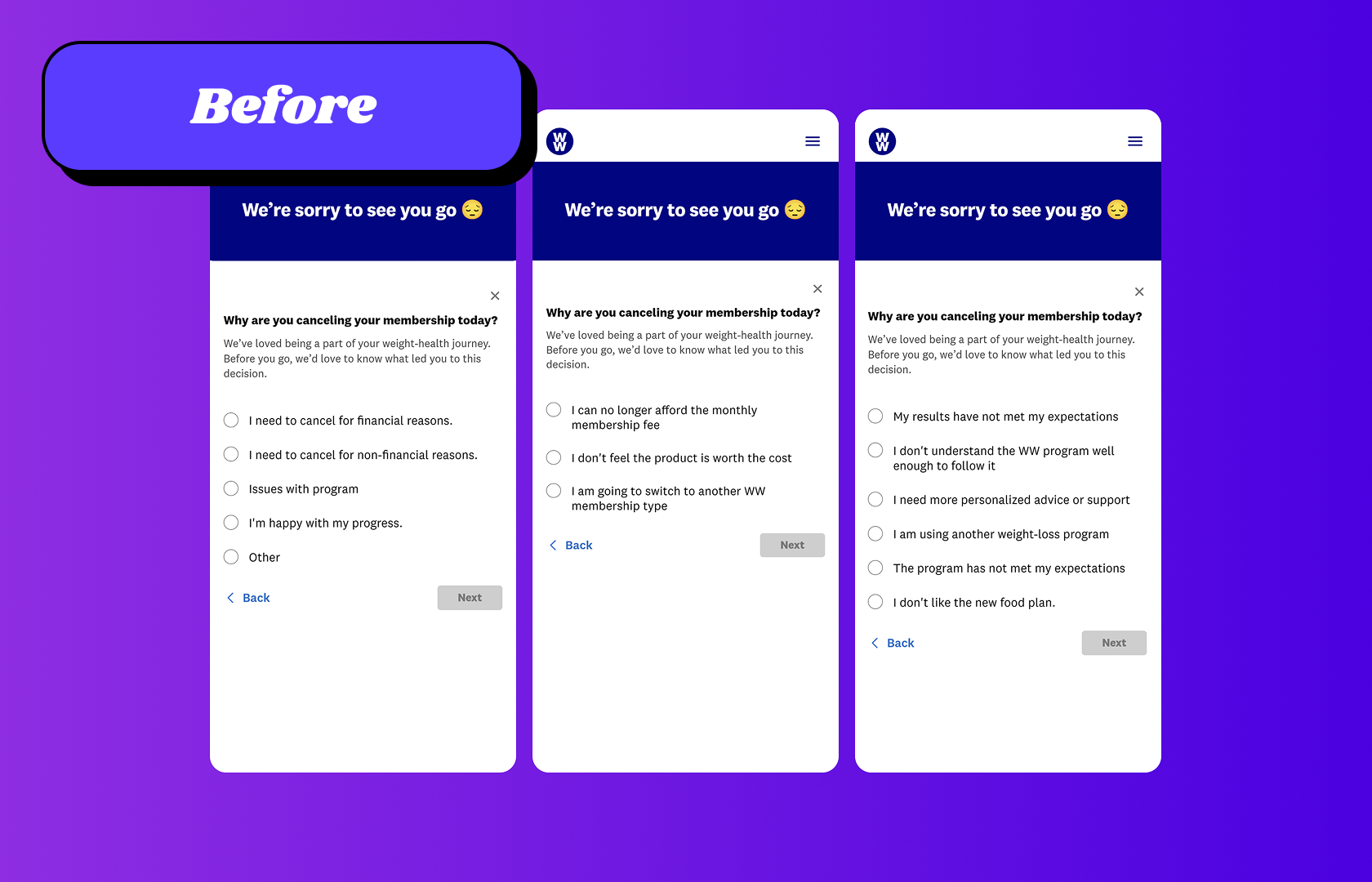
Our existing cancellation flow featured a series of questions, with light branching, but didn’t personalize offers based on users’ responses.
2. Simplifying the cancel flow
The original funnel was long, friction-filled, and opaque.
We halved the number of steps and opened with a clear value proposition—a list of features they had actively used, followed by a reminder of features they hadn’t tried yet, based on their in-app behavior.
To highlight unused features we bet on several of the most popular features correlated with highly-engaged users (who retained longer), including saved recipes and WW Connect Groups.
These loss aversion tactics provided a low-pressure, value-positive option to exit the cancel funnel and re-explore the app.
We also removed the survey questions and reduced the number of screens it took to reach a final save offer or exit, creating a calmer, more respectful experience.
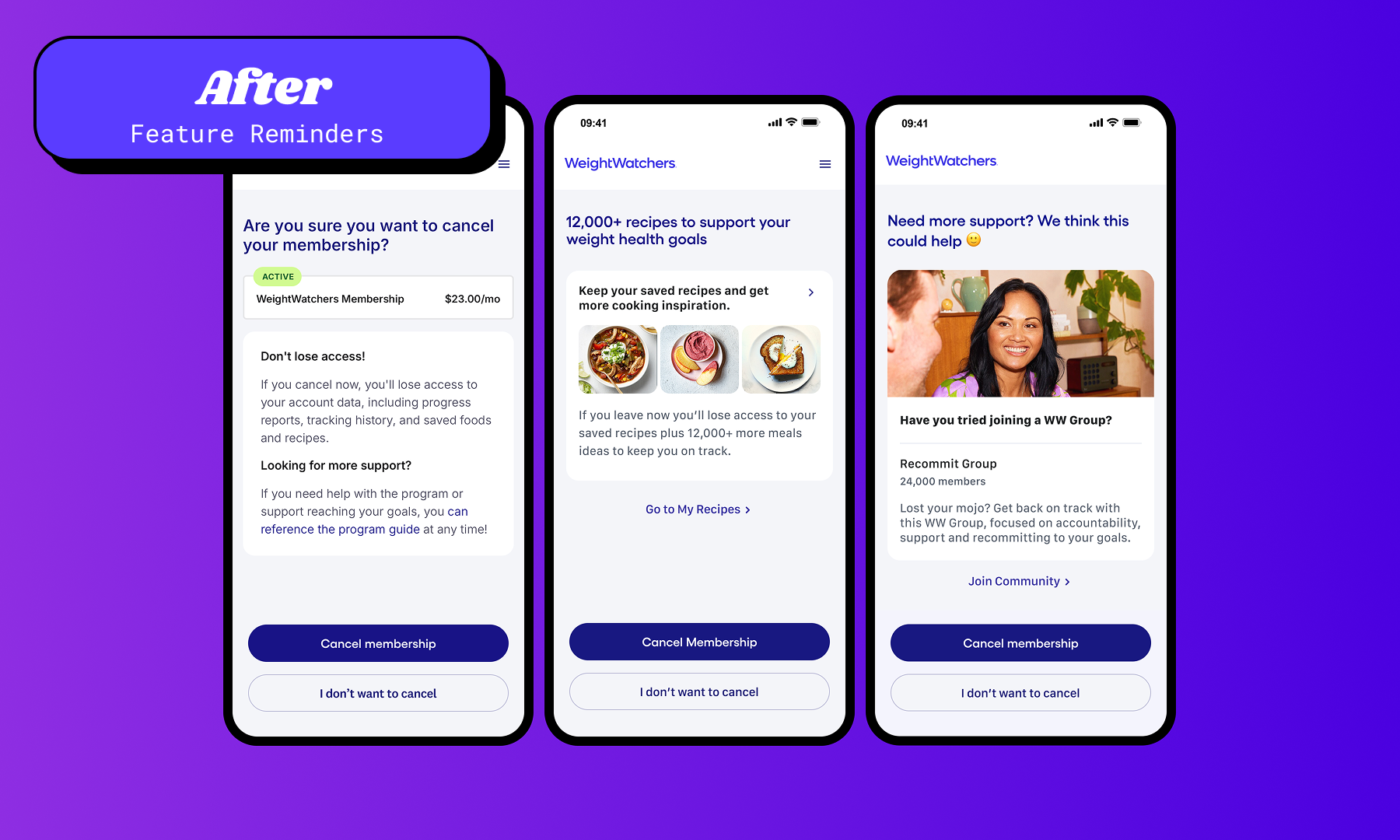
Gently reminding users of their subscription’s features, and nudging them to re-engage proved effective, when combined with intelligent offers.
3. Personalizing save offers with a multi-armed bandit
Here’s where AI came in. Instead of a static discount, we implemented an advanced form of A/B testing that allocates resources to maximize specific metrics called multi-armed bandit model that was trained on:
- In-product behavior
- Plan type, user attributes, and engagement history
- Historical performance of offers across segments
The bandit tested different combinations of:
- Discount levels and terms (e.g. time credit, plan extension)
- Feature redirects (e.g. coaching, groups, meal tracking)
- Emotional framing (e.g. “stay on track” vs. “don’t miss out”)
As it ran, it learned which offer worked best for each user type — and got smarter every day.
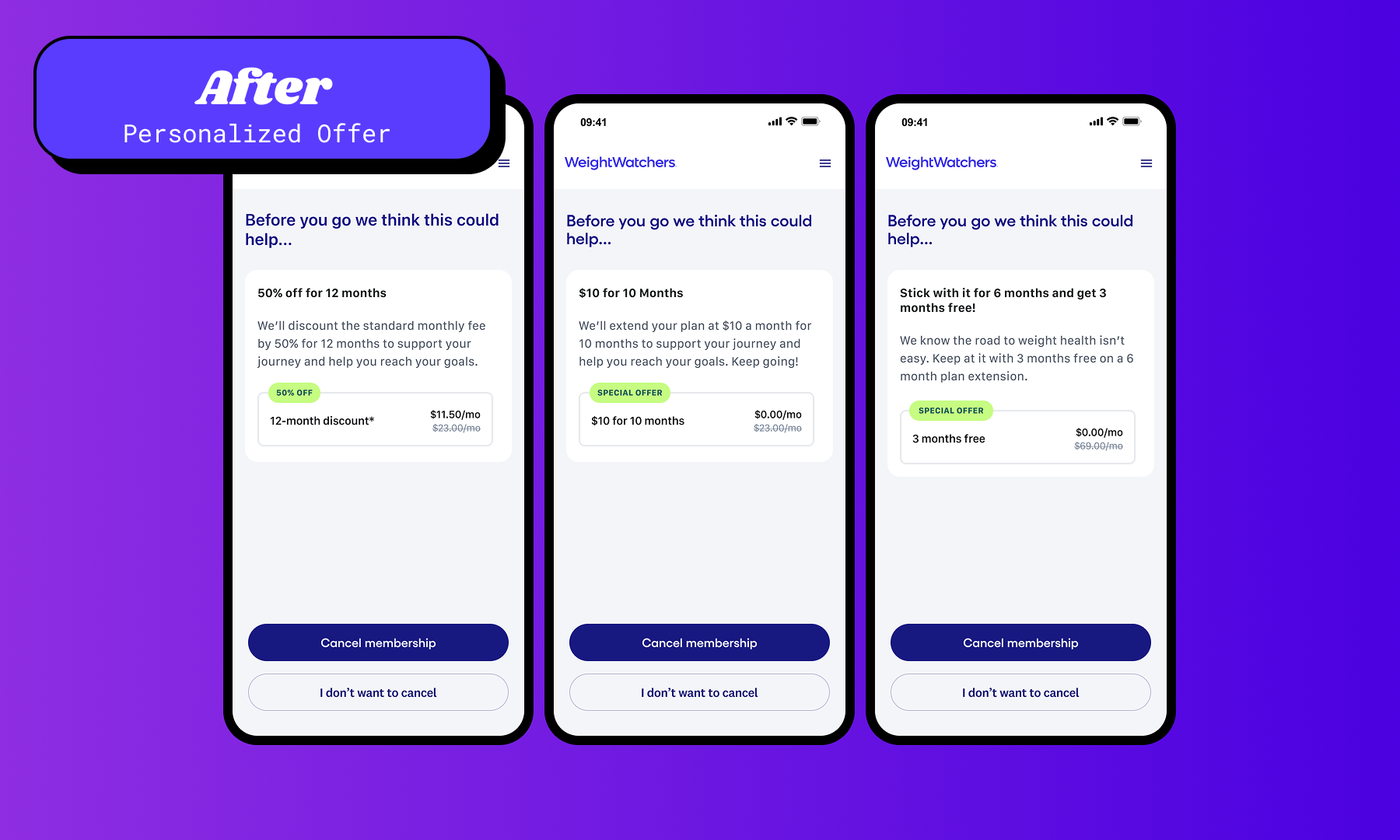
Our final save attempt served users AI-trained offers, ultimately doubling our save-rate through offer-acceptance.
Initial Results
The test ran for 30 days and results came in fast:
- 300% increase in retained customer revenue
- 27% offer acceptance rate (up from 18%)
- 1.5% impact on LTV
- Noticeable uptick in feature engagement post-save
What we learned about cancellation, re-engagement and save offers
A few surprises:
- Recent usage = higher save rate
- Even small interactions in the previous week made users more receptive.
- Simplicity > cleverness
- A clean, two-step flow with a targeted feature highlight and personalized offer beat more our more complex control experience with a multi-step cancel survey.
- Empathy scales with AI
- When the AI was trained on the right behavioral signals and tuned to match emotional tone, its targeting felt more human — not robotic.
- Reframing matters
- Positioning the offer as a way to “get back on track” was far more effective than just “we’ll miss you—how about this discount?”.
In Conclusion
Churn isn’t always about price. It’s often about momentum, mindset, and whether users feel like they’re succeeding. By removing friction, personalizing offers, and helping users reconnect with product value, we turned a high-churn moment into a growth opportunity.
If you’re working on retention, my advice:
👉 Start earlier. Treat cancellation as a chance to re-engage, not just retain. And if you’ve got AI in your stack, use it with empathy.
Thanks for reading—and if you’ve worked on cancellation flows too, I’d love to hear what you’ve learned in the GrowthDesigners.co Community Slack (or apply to join.)
About the Author
Lilly Hanscom is a multidisciplinary growth designer, focused on acquisition, activation, retention and referrals through user-centered, product-led growth strategies.
📚 Rethinking your user journeys?
Inspired to rethink your cancellation flows after reading Lily’s story about WeightWatchers? Save hours of UI & UX auditing research with Mobbin’s library of 100,000+ fully searchable mobile & web screenshots.
Search Apps, Screens, Flows & UI Elements:

